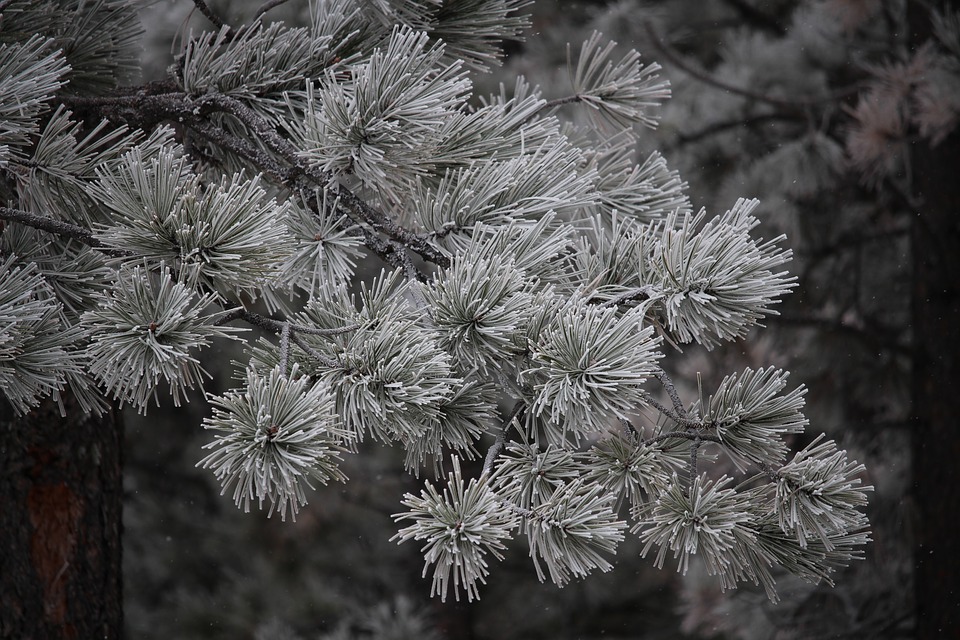Introduction
Winter is an ideal period for pruning trees and shrubs. Pruning in winter is often referred to as dormant pruning. Dormant pruning offers numerous benefits. The absence of foliage on some plants enables arborists to easily identify problematic branches that may require removal. It also allows for the correction of structural defects, while limiting the spread of insects and diseases. The following examines the application of dormant pruning, and how it may be utilized to sustain plants through the harsh winter months.
Improves Plant Vigor
Plants may be compromised by a myriad of problems. Plant diseases and insects can destabilize trees or shrubs. Severe infections or infestations will often result in plant mortality. The presence of dead wood, and infected branches in a plant’s canopy can hinder the development of healthy branches. Dormant pruning is a corrective practice. It fortifies a plant’s branch structure by eliminating hazardous sections of the plant.
Thin Overgrown Plants
In winter, many plants have shed their leaves, and entered dormancy. When a plant is bereft of foliage, it is easier to discern whether or not a plant requires pruning. When a plant has become overgrown, dormant pruning can be beneficial, as it allows for a thinning of the plant’s crown. Thinning an overgrown plant in winter increases air circulation, and light penetration in the crown. This improves the plant’s branch structure, and helps to stimulate robust growth in spring.
Prevents Winter Hazards
Trees that are declining, or have expired represent environmental hazards. In winter, dead or dying trees are prone to collapsing due to significant ice or snow loading. Dormant pruning ensures the removal of hazardous trees and branches. Pruning in winter can also rejuvenate weakened trees by extracting dead wood, and reducing the surface area of the crown. Dead trees and branches should be promptly removed, regardless of the season.
Ideal for Fruit Trees
Fruit trees should only be pruned once they have entered dormancy. Pruning fruit trees in winter prevents the loss of fruit, and will significantly reduce the potential for disease transmission. Winter pruning also encourages vigorous spring growth, while promoting the development of larger, ambrosial fruit.
Reduces the Spread of Plant Diseases
During the winter months, the bacteria and fungi that cause many plant diseases, such as fire blight, maple tar spot, and cedar apple rust, become inactive. Dormant pruning allows for the correction of disease problems on infected plants that could otherwise be easily transmitted by pruning equipment in spring or summer. Pruning cuts applied in winter are also more easily compartmentalized in spring. This decreases the potential for the plant to contract diseases, or be infested by insects.
Allows for Oak Wilt Management
Dormant pruning is recommended for oak trees. Oaks may be pruned from late October to early March, depending on the climate. During the growing season, oaks emit a characteristic odor that attracts a type of beetle. The beetle is a vector for the fungus, Ceratocystis fagacearum, which causes oak wilt. Oak wilt is a debilitating disease that often kills host trees. The beetles navigate to bark wounds, and pruning cuts on susceptible oaks, where they transmit the fungal spores. Symptoms of oak wilt vary by tree species, but generally include leaf discoloration, wilting, and extensive defoliation. The beetles hibernate in winter, making the season a more practical time to prune.
*A Note on Plants That Flower in Spring: If a tree or shrub produces blooms in spring, suspend pruning activities until the plant has ceased blossoming. While pruning in winter will not have an adverse effect on flowering plants, it can reduce the prevalence, and vibrancy of the flowers.


